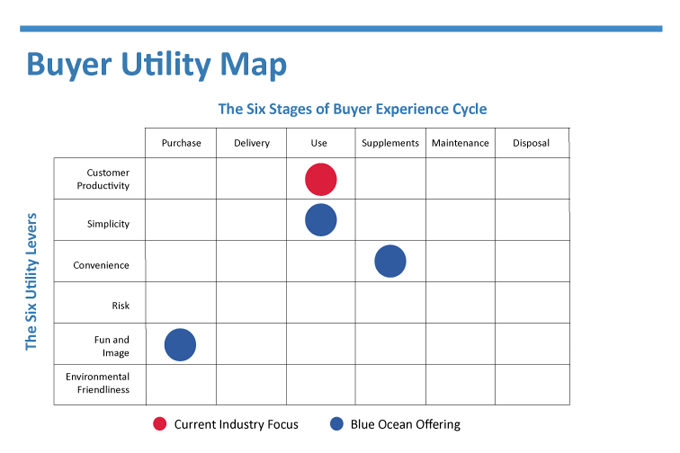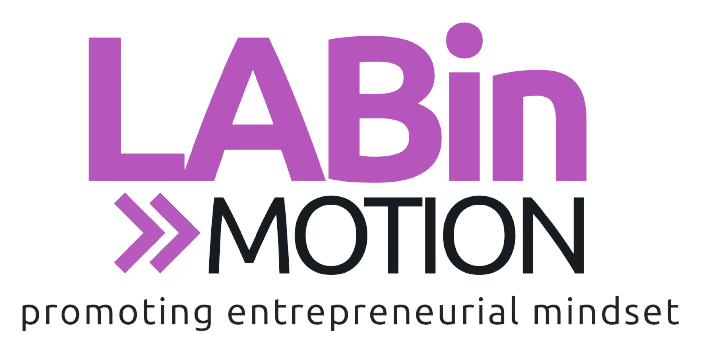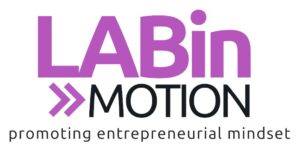Chan Kim and Renée Mauborgne created the buyer utility Map to assist managers to understand the buyer’s perspective. It’s a Blue Ocean Strategy application that lets you visually plan out the whole customer’s journey based on specific criteria. This technique, in conjunction with the strategy canvas, assists you in identifying opportunities that others overlook.
It highlights all of the levers that organizations can pull in order to provide extraordinary utility to customers, as well as the many experiences that customers can have with a good or service. This mentality aids managers in identifying the complete range of utility niches that a service or product may be able to fill.
Two Parts of the Buyer Utility Map
In the buyer utility map, there are two parts. Below, we’ve explained them.
The Buyer Experience Cycle (BEC)

A buyer’s journey can typically be broken down into six stages, which run more or less in order from purchase through disposal. The following are the six steps and the questions to be asked within them.
- Purchase
- How easy is it to locate the product?
- Is the shopping experience enjoyable, and is the setting appealing?
- How quick or simple is it to purchase?
- Delivery
- How long does it take for the package to arrive?
- How tough is it to coordinate delivery?
- What is the cost of delivery?
- How hard is it to assemble the new product and get started using it?
- Use
- Is there a need for education or expert assistance with the product?
- Is it simple to keep the product while it’s not in use?
- How efficient are the elements and functionality of the product?
- Is the service or product providing considerably more power or alternatives than the average consumer requires?
- Supplements
- Are there any other products or services required to make the actual product work? If so, how much energy and cash are they going to cost you?
- What impact do these extras have on the consumer experience?
- Maintenance
- Is there anything that has to be done on the outside to keep the product in good working order?
- What is the ease of upgrading and maintaining the product?
- How much does maintenance cost?
- Disposal
- How simple is it to get rid of the product? How long or how much cash does it take?
- Is there an ethical or environmental problem with getting rid of it?
Utility levers
The methods by which businesses make their customers more useful are called utility levers. These levers include environmental friendliness, fun and image, risk, convenience, simplicity, and customer productivity. These levers are self-explanatory, so we won’t be going into their details. For each lever, you need to consider the biggest blocks to it.
Importance of the Buyer Utility Map
The buyer utility map can help you figure out where your Blue Ocean prospects are, as well as where there are substantial problems that need to be solved. The map depicts the whole range of customer or user interactions with your industry’s offerings. As a result, it highlights the issues that the industry has failed to acknowledge.
Most entrepreneurs are solely concerned with the efficiency and efficacy of their products and do not thoroughly consider other possibilities. This is a persuasive method for determining your Blue Ocean Strategy and ensures that crucial components of your Strategy Canvas and broader Blue Ocean approaches are not overlooked.
The buyer utility map is also useful for product managers as they can clearly understand how and whether a new service generates a distinct utility proposition from existing services by placing it on one of the areas of the buyer utility map. This also removes the main barriers to utility that prevent noncustomers from becoming clients.
Using the Buyer Utility Map
Now that you’ve understood the foundations of the buyer utility map, it’s time to start putting it to work in order to keep up with the competition.
For your goods or sector, fill out the buyer utility map. When you’re finished, you’ll be ready to see what the market is concentrating on, as well as what you and your rivals are spending a lot of money on.
Once you’ve figured out how much of the buyer experience loop or utility levers the industry takes for granted, you can utilize that information to fill in the gaps. You can either create a whole new service or utilize it to improve an existing one.
The buyer utility map reveals that practically every industry has substantial issues that need to be addressed. The map can show the issues that the consumers are facing with your industry’s offerings.
It does so by exposing the issues that the businesses have failed to acknowledge, resulting in pain points that need to be addressed, as well as the levers that may be pushed to fix them and unlock outstanding usefulness. This allows you to uncover not just the whole spectrum of ways in which an industry provides utility to consumers but also, more significantly, where it prevents utility, revealing hidden chances to differentiate yourself from the competitors.
Final Verdict
Although not all of the ideas for creativity produced by using the buyer utility will be useful, unique, or even within an organization’s capabilities, some of them, alone or in combination, can lead to revolutionary thinking. It can help you determine the buyer’s requirements and deliver exceptional utility to them so learn to use the buyer utility map properly.





